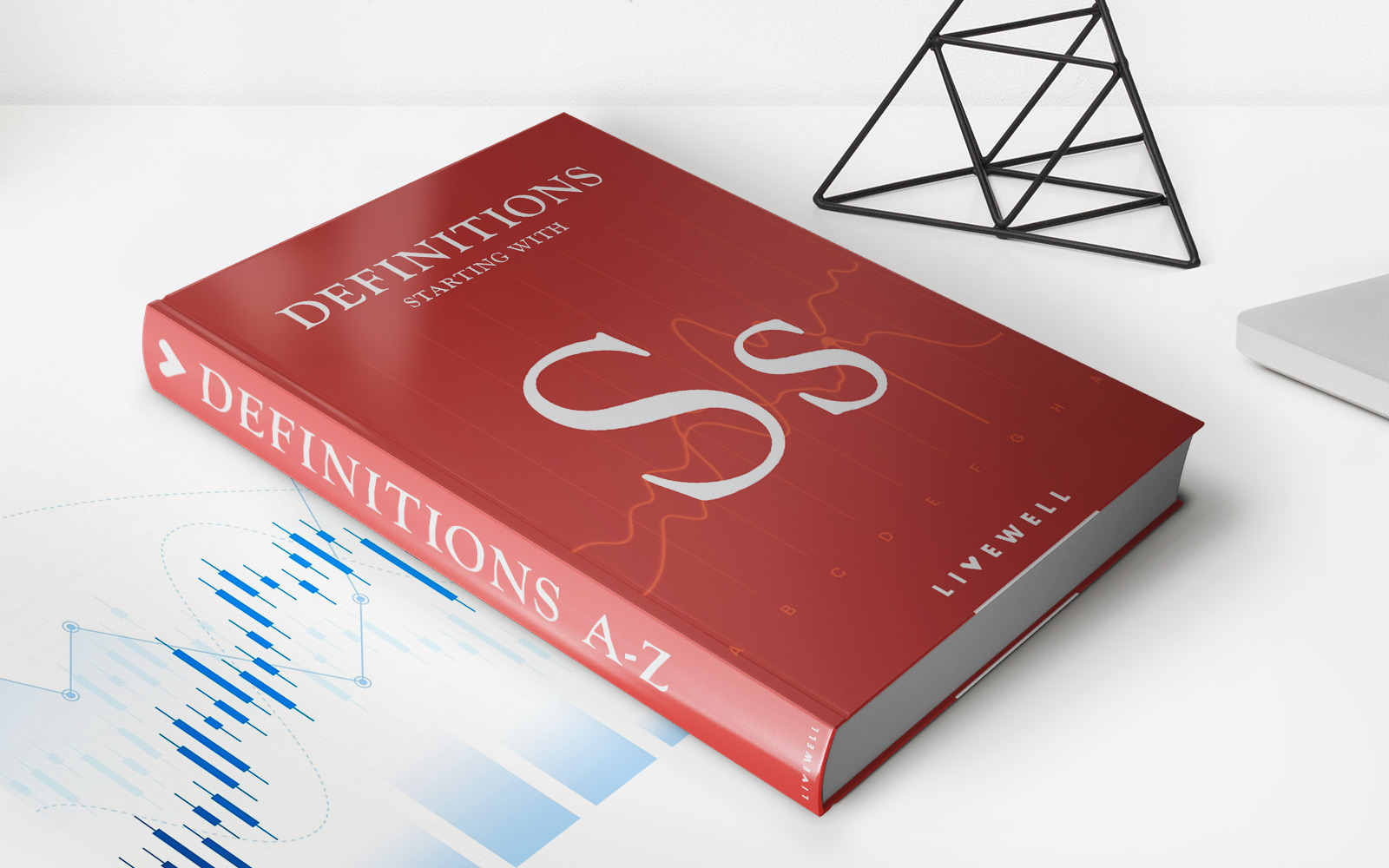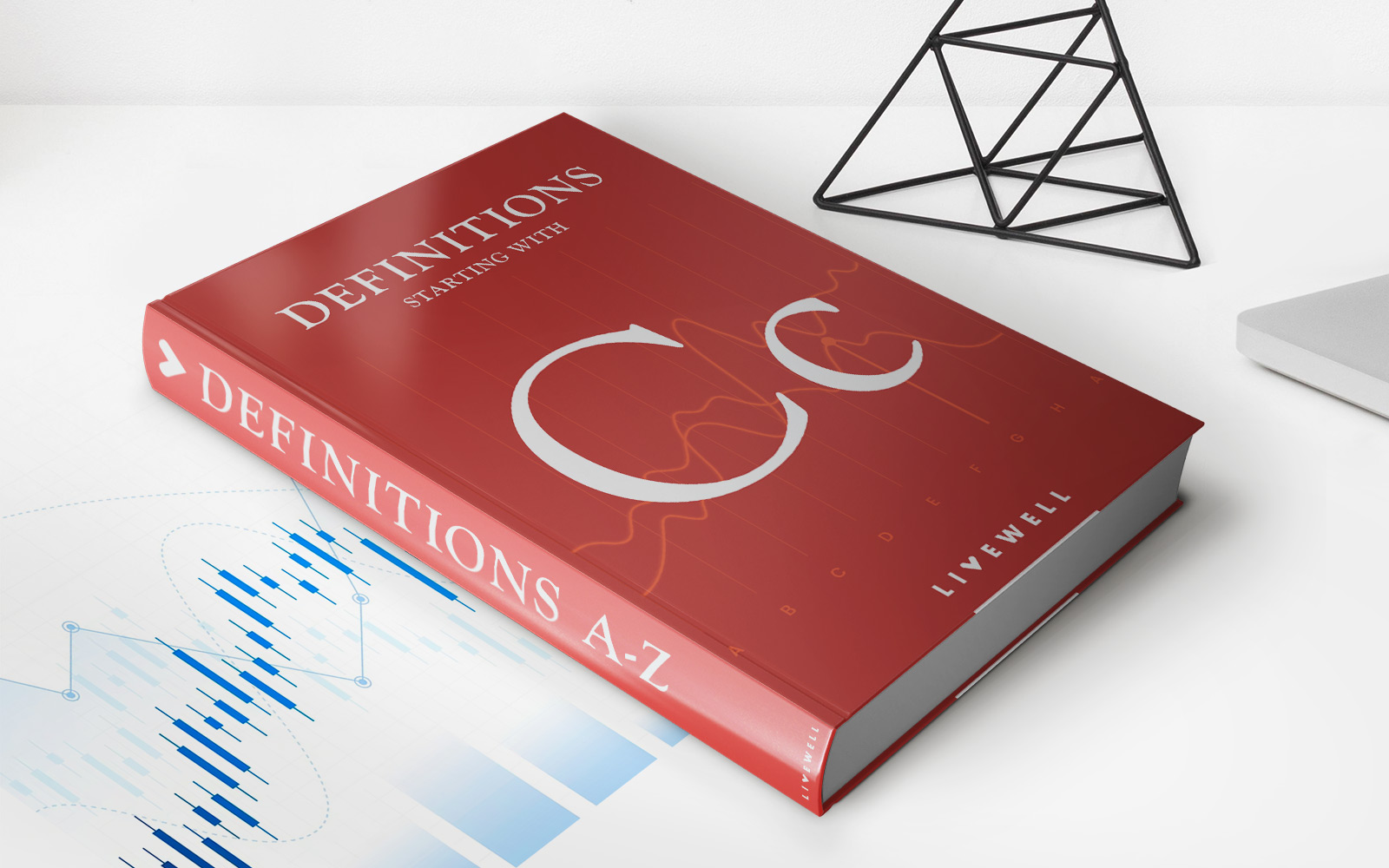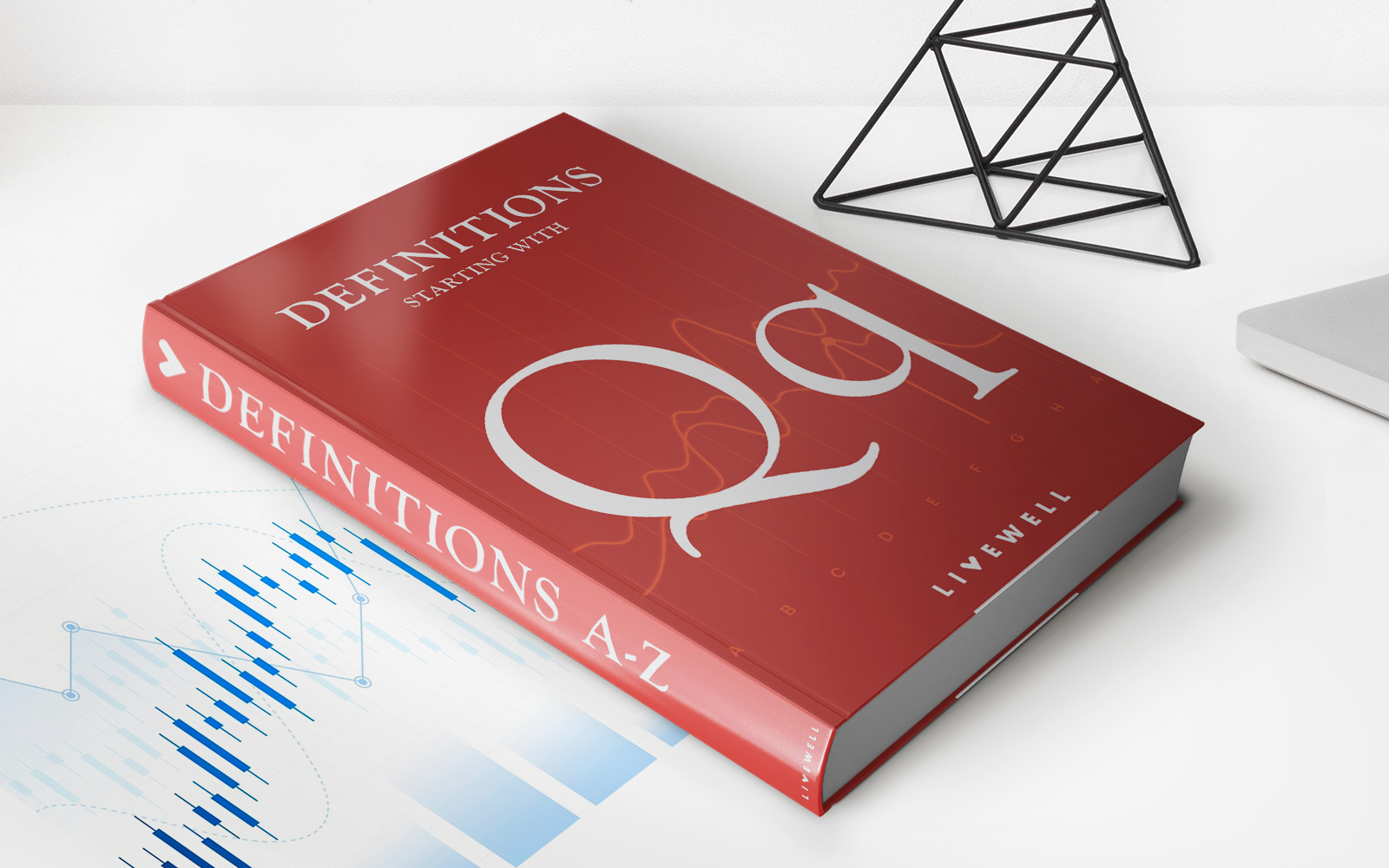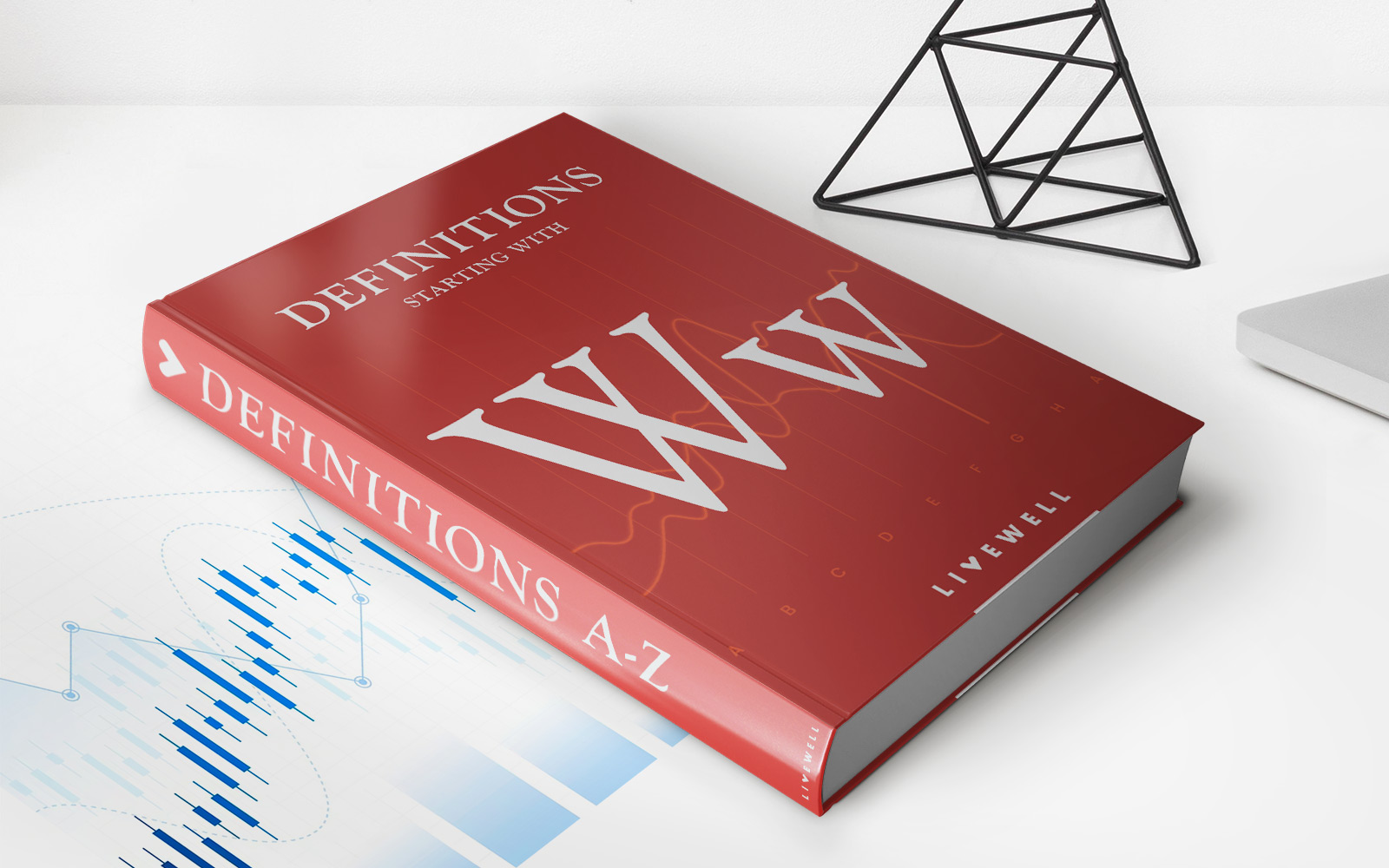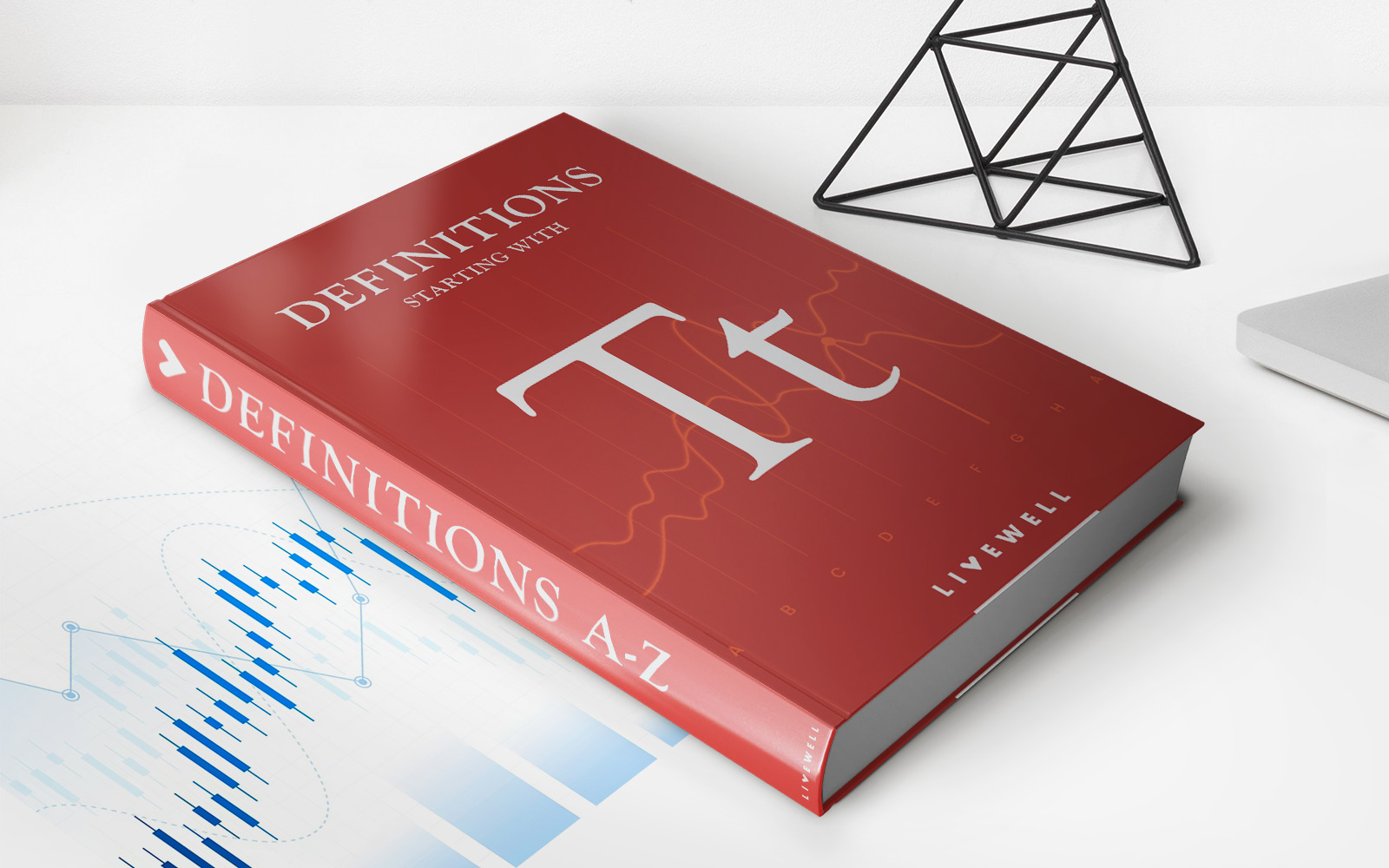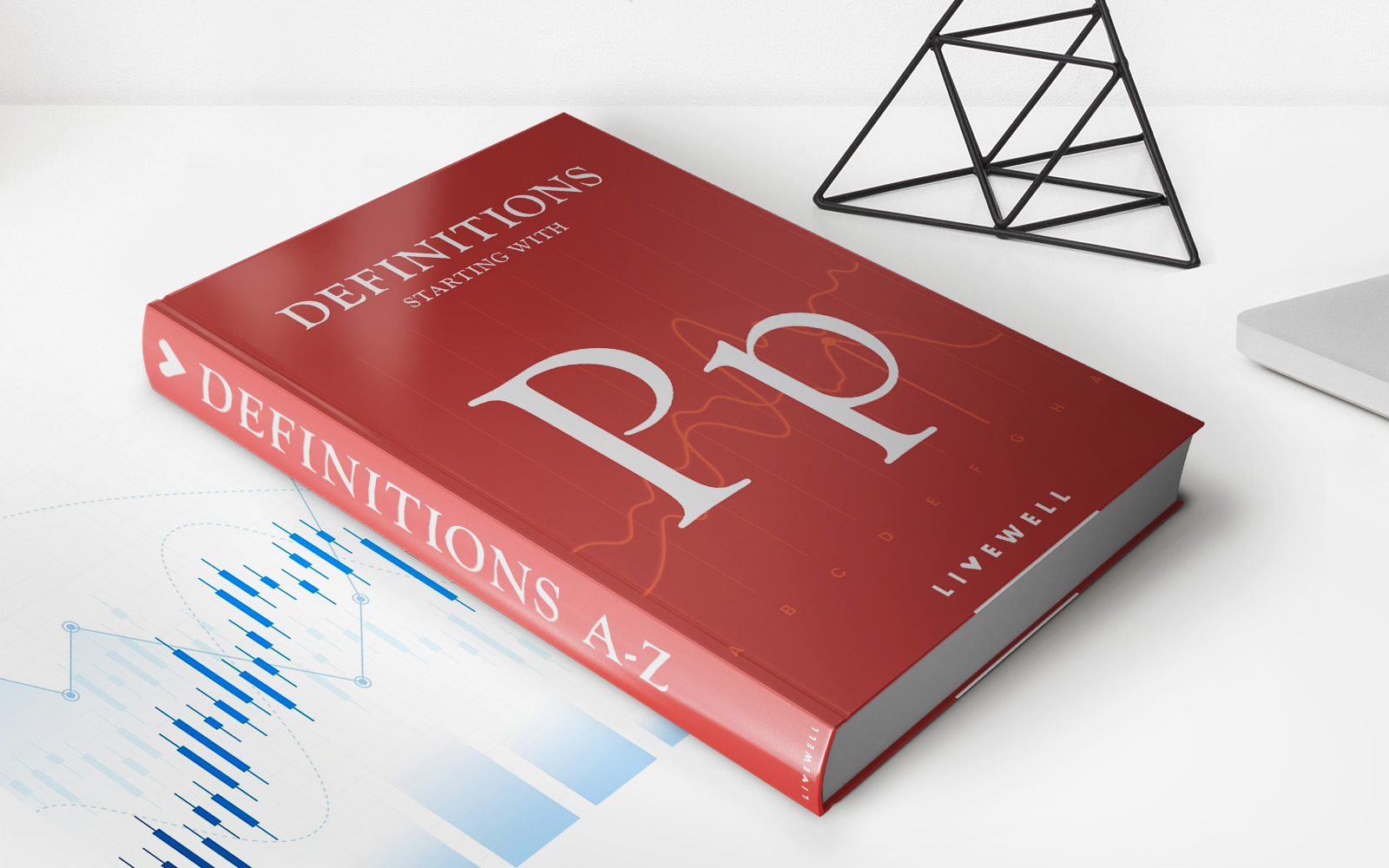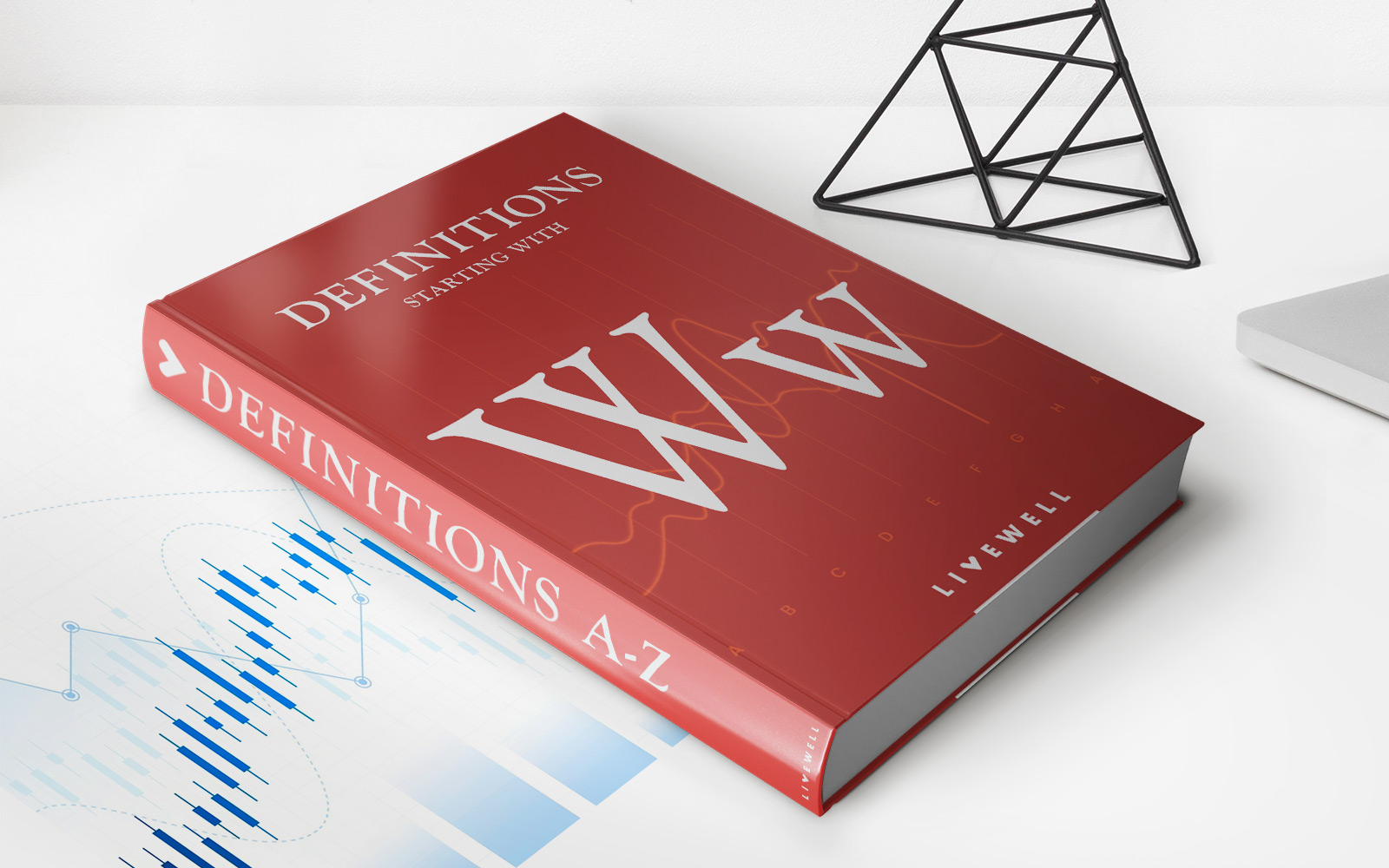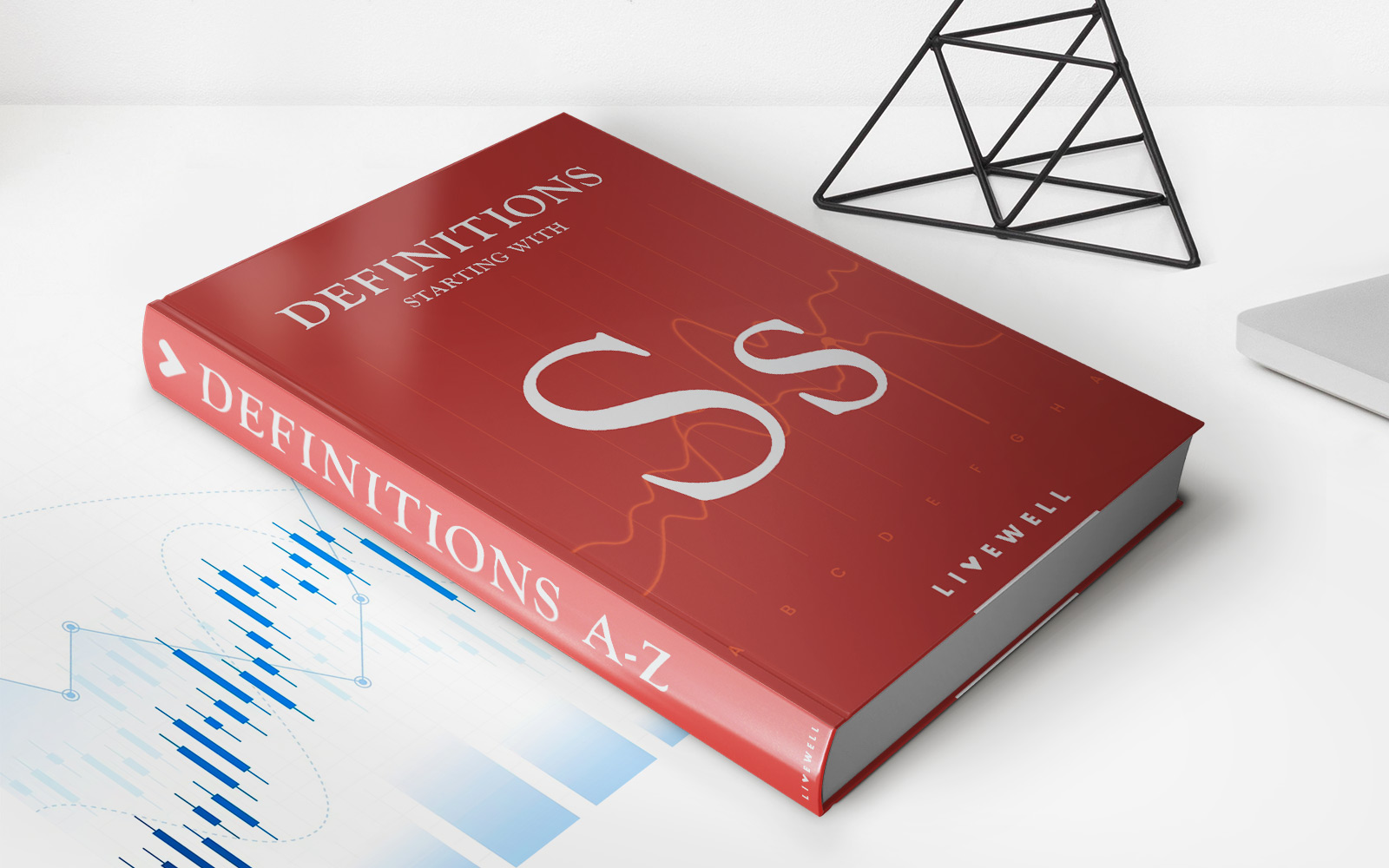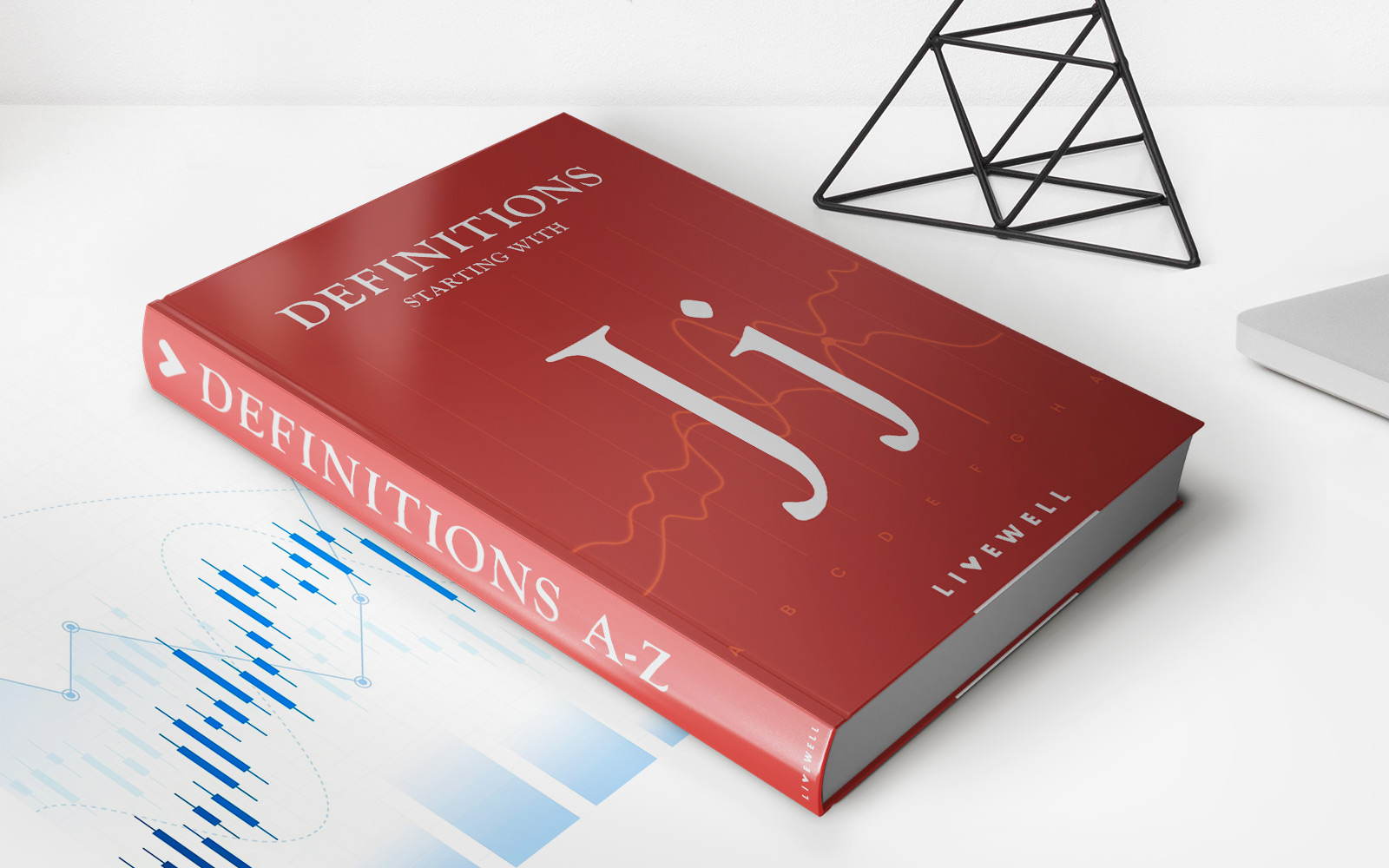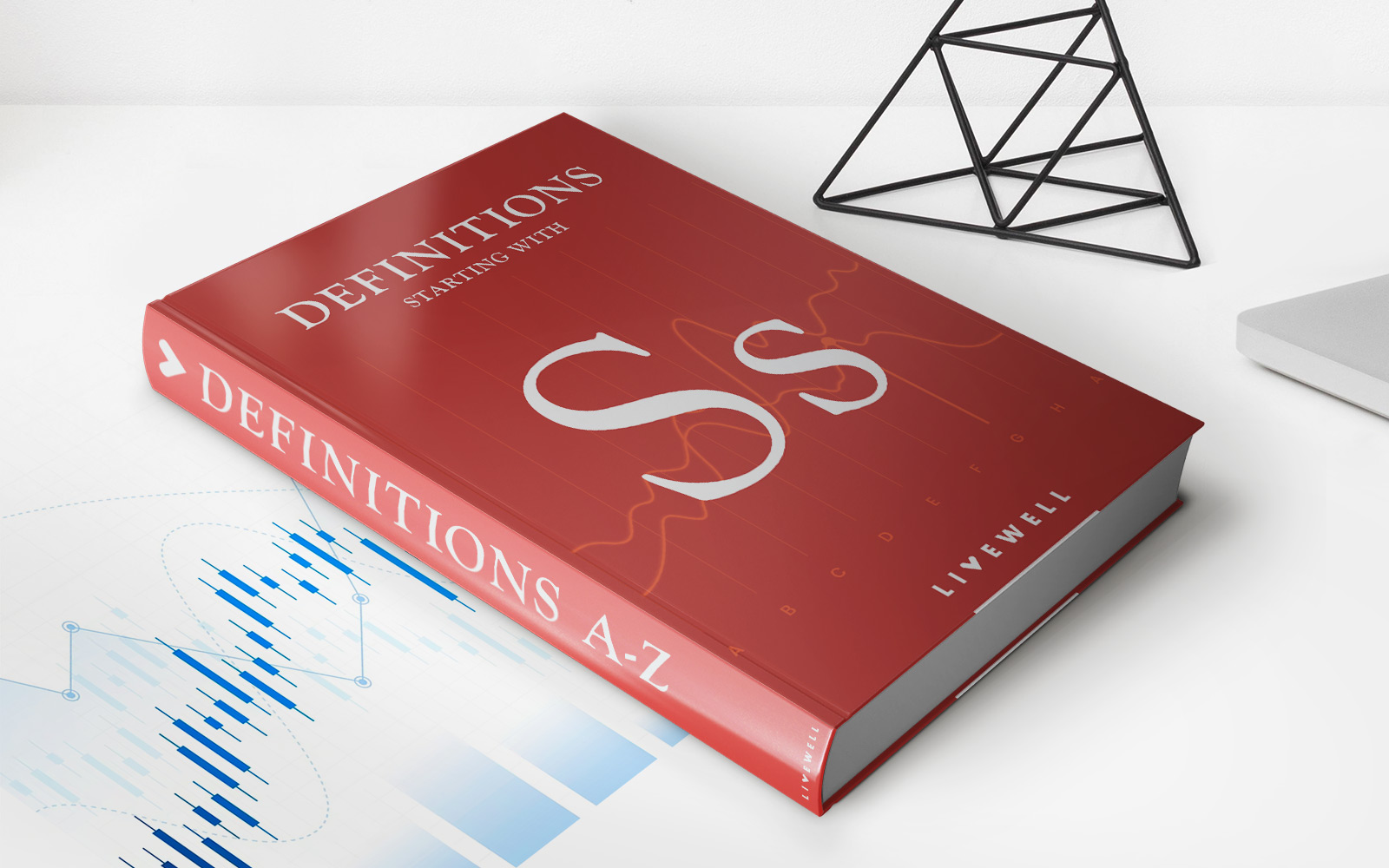Home>Finance>Supply-Side Theory: Definition And Comparison To Demand-Side


Finance
Supply-Side Theory: Definition And Comparison To Demand-Side
Published: February 4, 2024
Discover the definition of supply-side theory and its comparison to demand-side theory in finance. Explore how these concepts impact economic growth and development.
(Many of the links in this article redirect to a specific reviewed product. Your purchase of these products through affiliate links helps to generate commission for LiveWell, at no extra cost. Learn more)
Unlocking the Potential of Supply-Side Theory in Finance
Welcome to the world of finance! If you’re a finance enthusiast or a business owner looking to expand your knowledge, you’ve come to the right place. In this blog post, we will dive into the fascinating field of supply-side theory and explore its definition, as well as compare it to demand-side theory. So, buckle up as we embark on a journey to uncover the insights behind supply-side theory and its relevance in the finance world.
Key Takeaways:
- Supply-side theory focuses on the factors that influence the production and supply of goods and services.
- Supply-side theory aims to stimulate economic growth by emphasizing policies that encourage production and investment.
The Foundation of Supply-Side Theory
Before we delve deeper into the nuances of supply-side theory in finance, let’s understand its core definition. Supply-side theory, also known as supply-side economics, is an economic theory that focuses on the factors influencing the supply of goods and services in a market economy.
At its essence, supply-side theory suggests that by addressing the production side of the economy, we can promote sustainable economic growth. This theory posits that policies and measures aimed at stimulating production and investment can lead to increased employment, innovation, and overall economic prosperity.
Now, let’s compare supply-side theory with its counterpart, demand-side theory, to gain a comprehensive understanding of the two schools of thought.
Supply-Side Theory vs. Demand-Side Theory
Supply-side theory diverges from demand-side theory in terms of focus and approach. While supply-side theory emphasizes the production and supply of goods and services, demand-side theory revolves around the consumption and demand for those goods and services.
Supply-side theory contends that by reducing barriers to production and investment, such as taxes and regulations, we can incentivize businesses to expand their operations, invest in technology, and create more jobs. This, in turn, leads to increased productivity and economic growth.
In contrast, demand-side theory proposes that economic growth can be achieved by stimulating aggregate demand through measures such as fiscal policy, including government spending and tax cuts. The underlying assumption is that when demand for goods and services increases, businesses will respond by increasing production and generating employment opportunities.
Ultimately, both supply-side and demand-side theories offer valuable insights into the complex dynamics of the economy. Understanding the interplay between supply and demand is crucial for effective policymaking and decision-making in the world of finance.
The Relevance of Supply-Side Theory in Finance
Now that we have a solid grasp of supply-side theory and its comparison to demand-side theory, let’s explore its relevance in the domain of finance. Supply-side theory has significant implications for businesses, investors, and policymakers.
Key Takeaways:
- Supply-side theory emphasizes policies that support production and investment to drive economic growth.
- Understanding supply-side theory is essential for making informed financial decisions and assessing the impact of economic policies.
For businesses, supply-side theory provides valuable insights into the factors that drive sustainable growth. By focusing on enhancing their production capabilities and investing in technology and innovation, businesses can position themselves to thrive in a competitive market environment.
Investors, on the other hand, can leverage supply-side theory to identify potential investment opportunities. By analyzing the factors that impact supply in various industries, such as regulatory changes or technological advancements, investors can make informed decisions that align with the principles of supply-side theory.
Lastly, policymakers play a crucial role in implementing economic policies that align with supply-side theory. By understanding the importance of production and investment, policymakers can design measures that foster an environment conducive to economic growth. This may involve reducing unnecessary regulations, providing tax incentives for investment, or investing in infrastructure to support business expansion and productivity.
In conclusion, supply-side theory offers valuable insights into the factors that influence production and supply in the economy. By understanding the principles of supply-side theory and its comparison to demand-side theory, individuals in the finance world can make informed decisions and contribute to sustainable economic growth.
